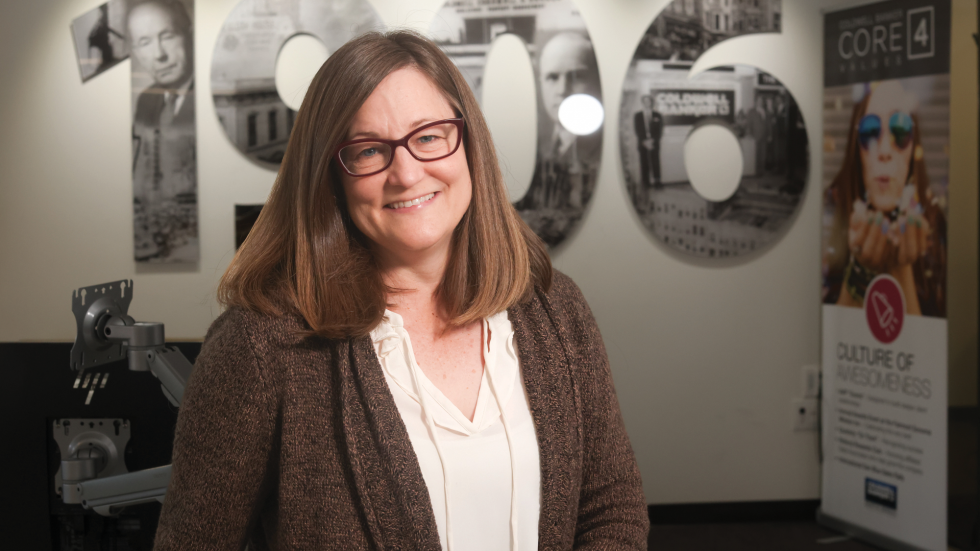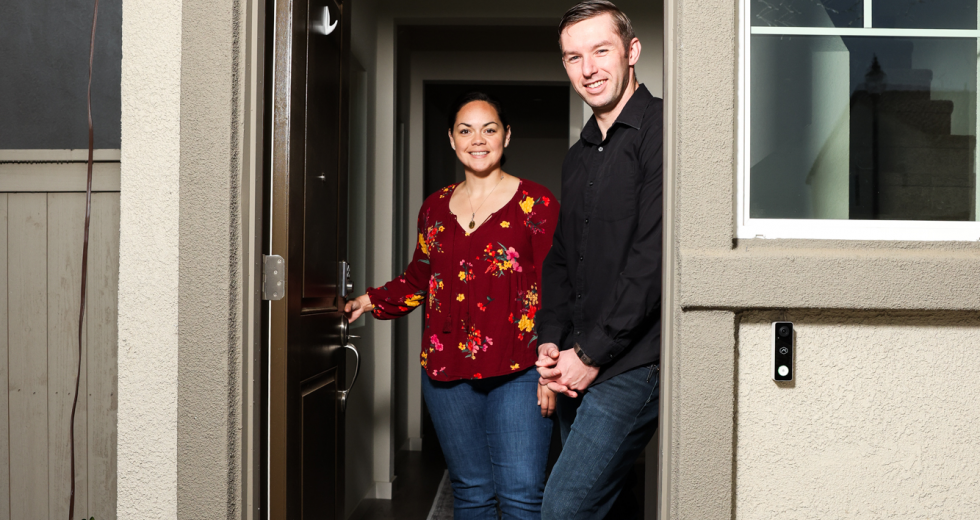Fluctuation is a constant in the residential real estate market, but in the last three years, the highs and lows have been unprecedented. Most experts acknowledge that 2020 and 2021 were abnormal pandemic years, as people fled cities for suburbs. Interest rates stayed low while the government sought to stabilize the economy. Fast forward three years, and the housing market is decidedly different. Interest rates have more than doubled as the Federal Reserve has worked to keep inflation in check. The highest mortgage rates in 23 years plunged home sales to their lowest levels since the subprime crisis. First-time homebuyers are feeling priced out of the market and fear they may have to rent for the foreseeable future. Homeowners who want to sell are wary of parting with their 3 percent interest rate. As a result, low inventory coupled with high interest rates has made for a very tight housing market.
According to Ryan Lundquist, a Sacramento certified residential appraiser and housing market analyst who owns Lundquist Appraisal Company, in 2023 there were approximately 10,700 fewer home sales and 15,269 fewer listings on the market, compared to a pre-2020 normal year (the average of 2016 to 2019). Sales are down about 39 percent and listings are down about 42 percent from the normal trend. But experts do see a glimmer of hope with mortgage rates dropping for the first time since summer 2023 and homebuyer assistance programs being renewed for 2024. They also offer several tips for homebuyers to be ready once the market improves.
First-time homebuyers Amber Arnold and Cameron Dean were feeling the pinch of inflation; their rent was untenable, and the cost of daily living was skyrocketing. “At one point we were paying $5,200 a month in rent,” says Arnold. The pair made the decision to buy. “Everything was getting more and more expensive and the interest rates were climbing, so we decided if we ever wanted to buy a house, we were going to have to move quickly,” Arnold recalls.
That was in January 2023. The couple, who lived and worked in the East Bay, began exploring housing options in Placer County where their dollar would go further — and put them closer to family. The engaged couple connected with Lisa Lyford, a Realtor associate with Sotheby’s International Realty in Roseville. Arnold and Dean heeded Lyford’s advice and worked with a lender to get pre-approved for a loan. Their search started with resale homes in the $500,000-$600,000 range, but after encountering properties that needed major repairs or had multiple offers, Lyford suggested they look at new builds.
“We had never really thought of buying new,” says Arnold. “We just assumed it would be out of our price range.” But the idea of a home equipped with the latest technology and a warranty was appealing to the young buyers. Lyford helped the couple negotiate a deal on a D.R. Horton closeout home in West Roseville; the builder also provided favorable financing. “I encourage my first-time homebuyers not to overlook new,” explains Lyford. “With a new build, you’re going to get a brand-new house, a home warranty, and right now, there is room for negotiation.” Arnold and Dean moved into their new home in July 2023 and are planning a September 2024 wedding.
In addition to working with a lender to run a credit check and get preapproved, Erin Stumpf, a Sacramento broker associate with Coldwell Banker Realty, recommends buyers widen their search parameters. “I think there’s this perception when buying a home that people need a three-bedroom, two-bath home in the location they want to live. But what you think you want and what you ultimately need are probably two very different things,” says Stumpf. She encourages her clients to have an honest conversation about what that looks like.
There are a lot of ways to own property. She cites examples of clients who have gone in together to buy a duplex and each live on one side, or a young, single professional who realized that a two-bedroom, one-bath condo really suited his lifestyle and affordability much better than a home with a yard. “Sacramento has a lot of different micro markets with their own trends, their own price points,” she explains. “I would venture to say that if someone is motivated to become a homeowner, there are different ways to make that possible.”
Stumpf acknowledges the challenges with the interest rates and the lack of inventory in the region but says that if people want to get on the housing ladder, there are opportunities in Sacramento. “While some people might be frustrated by the things they can’t control — lack of inventory, high interest rates, what they can qualify for — there are things that are in their control, like income, education, credit score, debt levels, getting creative with how and where they want to purchase,” she says. “I would look to the things you can control, and then advocate for the things you can’t control, because getting on that ownership ladder is really important.” According to the National Association of Realtors, based on new 2023 federal data, the median net worth of homeowners is $396,200 versus renters at $10,400.
Not everyone is comfortable taking the purchase plunge, even if they desire to buy. After graduating from college and securing good jobs, Rocklin couple Ryan and Anika began looking for homes. “I was always the optimist, telling my fiance, we’ll be able to buy a home. It’s a lot, but it’s going to be an option,” Anika recalls. But after graduating in 2019 and 2020, respectively, they feel like the housing market is out of reach.
Veteran Coldwell Banker realtor Erin Stumpf urges people looking
for a home to be creative by widening their search to various
markets that may have different price points.

When comparing the cost of renting and buying in Rocklin, Anika said the couple can rent an 1,100-square-foot apartment for approximately $2,000 a month, whereas purchasing an attached dwelling like a $335,000, 900-square-foot condo would run them about $2,500 a month. She estimates that a $500,000 single family home would cost them about $3,600 a month. And she has concerns about the liability if something major were to break on the home. “We feel like we just missed the buying market by five years,” she says.
In the meantime, the couple are waiting for the interest rates to come down and inventory to increase. But Anika is also optimistic about the future. “The world and the market could look so different in nine months. I keep saying, it’s not a today problem.” The couple plan to wed in August 2024 and will live with Anika’s parents in the short term to continue saving.
Allyn Terpstra, a realtor with Excel Realty and more than 30 years of experience, hears the frustration from her clients, especially young, first-time homebuyers. “It can feel defeating right now,” she says. “But over time that changes. They’re young, and they’ve never seen markets change. The real estate market was never flat, it would fluctuate up and down to a degree, but these are hard hitting.” Like her counterparts, she advises clients to keep looking and be prepared. “Meet with your lender, know what you can afford. Sometimes you have to compromise. It’s a step-by-step process. When that moment of opportunity does come your way, you want to be prepared.”
Heather Hunter Jackson, a senior mortgage advisor with Empire Home Loans in Fair Oaks, encourages homebuyers to also investigate down payment assistance programs. While there are several programs to consider, it’s important to find a lender who is willing to work with them — not all lenders are. Hunter-Jackson is knowledgeable about the myriad of programs available to homebuyers and works with clients to find the best fit. She says that the California Housing Finance Agency has some of the most robust down payment assistance programs for first-time homebuyers in the state.
CalHFA’s MyHome Assistance Program offers deferred-payment junior loans that can be used for the down payment or closing costs. Buyers must also occupy the property as a primary residence, meet CalHFA income limits (which vary per county) and complete homebuyer education counseling. The CalHFA Dream for All program provides 20 percent down payment assistance for first-time homebuyers in California but is highly sought after. “Last year the program ran out of money in 11 days,” says Hunter-Jackson.
State lawmakers set aside $300 million for the program in 2023, which helped about 2,500 first-time homebuyers. CalHFA will introduce more stringent requirements in 2024 and award approximately $200 million in assistance based on a lottery system. Homeowners awarded a CalHFA Dream for All loan must repay the original down payment loan, plus a share of the appreciation when the home is sold, transferred, refinanced or the first loan is paid off.
Another specialized program, the Forgivable Equity Builder Loan program, provides 10 percent down payment assistance to low-income homebuyers, with the ability to have the loan forgiven after five years. Golden State Finance Authority provides eligible homebuyers with up to 5 percent down payment assistance through its Platinum programs; borrowers don’t have to be first-time homebuyers. The GSFA OpenDoors Program provides up to 7 percent of the first mortgage loan amount to low- and moderate-income homebuyers in California.
Hunter-Jackson also notes that some first-time homebuyer programs are available through conventional loan programs like Fannie Mae and Freddie Mac. “One of the changes that came down in early 2023 is if you are a first-time homebuyer and make 120 percent of the area median income, you can get a discount on your interest rate.” Outside of lending services, her biggest advice to clients right now is to look at their credit. “If it’s challenged at all or there’s room for improvement, don’t wait to get on it. Credit takes a while to course correct. If you’re going to be waiting to buy a home for six months to a year, that gives you the time to improve your credit score, which will greatly improve the interest rate you can qualify for.”
Lundquist, the Sacramento real estate appraiser, sums up the current market this way: “We’re in a market where we have sellers and buyers both sitting. I think sometimes we think about the issue of affordability as if it’s a buyer issue only, but the reality is that sellers need affordability as well, because so many sellers are actually buyers. It could be a long while before the market feels normal again, just because we’re in this environment of suppressed supply.”
Lundquist also observes that prices today are profoundly above where inflation would suggest, when compared to a 1982 inflation calculator and adjusted for current inflation. Despite all this, Lundquist counsels people to buy when it makes sense for their lifestyle. “Keep an eye on prices of course, but your lifestyle is probably not going to line up perfectly with market conditions and finances, so when things do start to line up and you feel comfortable with the payment, move forward.”
At the end of December, the Federal Reserve met for the last time in 2023 and made the decision to hold interest rates steady, indicating that three potential rate cuts may be on the horizon for 2024, which could be good news for both buyers and sellers.
Stay up to date on business in the Capital Region: Subscribe to the Comstock’s newsletter today.
Recommended For You

Photo Essay: Afghans Resettling in Sacramento
The Capital Region is home to more than 10,000 Afghan refugees who fled the Taliban. Comstock’s brings you a few of their stories.

The Evolution of Aesthetics
Women and men have a variety of ways to look their best in the Capital Region
When it comes to “having a little work done,” it’s all about perception. “I was actually one of those people who thought they would never do Botox in their life,” says Shawna Chrisman, nurse practitioner and founder of Destination Aesthetics. “I just wanted to age gracefully.” But a product called Lattise — which she calls her “gateway” — changed her perspective on what that means.

Residential Renaissance
New affordable apartment complexes offer appealing amenities such rooftop terraces, courtyards and shared community spaces
Some of the most exciting architecture being designed and built in the Capital Region today is multifamily residential. Attractive, amenity-rich condominiums, apartments and duplexes are popping up everywhere, proving that single-family luxury homes aren’t the only drool-worthy dwellings on the real estate market.

The Delta in Decline
Wildlife and businesses in the Sacramento-San Joaquin Delta are suffering from lack of fresh water
The life cycle of a salmon, so the story goes, is a heroic journey. The fish emerge from fertilized eggs in a river bed, swim to the ocean where they spend most of their lives and return to give birth in the exact place where they were born.

What’s Ahead for the Region’s Economy in 2024
Positive news, though risks abound
Those who forecast the direction of the U.S. economy have their eyes on empty office buildings. In September, two commercial real estate experts predicted that the vacant space resulting from work-from-home policies will put banks at risk and collapse tax revenues for large and mid-size cities around the country.

‘Mystery City’ Unveiled
Proposed community envisions the good ol’ days; critics call it sprawl
Sramek, 36, is founder and CEO of California Forever, which seeks to build a large new community in Solano County. While cities or large unincorporated communities have been built from scratch before in California and elsewhere, what makes this potential metropolis unusual — and has stirred public controversy — are the people behind it and its backstory.




